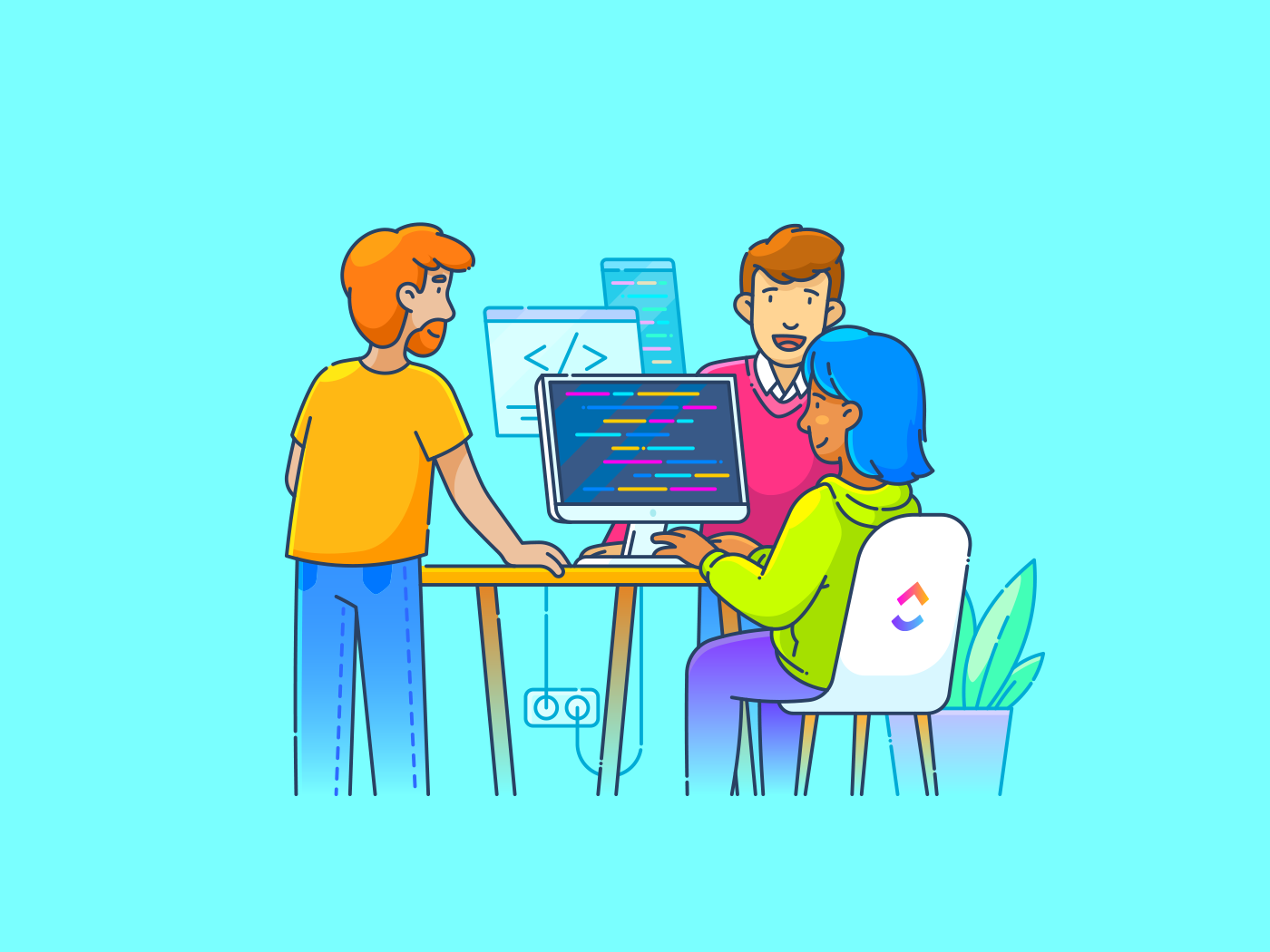On the surface, Nigeria’s ride-hailing market seems ripe for disruption. Drivers continue to complain of tightening margins from dominant platforms, while riders constantly seek better prices. It is the perfect setup for a nimble challenger to offer a more equitable deal and win the day.
But so far, Nigeria’s startup landscape is a graveyard for ambitious ride-hailing apps. An estimated 2,500 such apps have launched over the past decade, only to become obscure weeks, months or years later.
This consistent failure has been framed as a story of startups being outspent by global giants, like Uber, Bolt, and inDrive. But that view is simplistic. The critical challenge is not just access to capital, but the punishing economics of creating what truly matters in a platform business: the network effect.
Network effect is a powerful phenomenon where a product or service becomes more valuable as more people – users, and service providers – use it. Each party adds compounding value in a sort of positive feedback loop. For instance, the more riders express interest in a ride-hailing service, the more drivers join the network and vice versa. The concept of a network effect is the engine behind successful digital platforms, from social networks like WhatsApp and LinkedIn, to e-commerce platforms like Jumia, Selar, and Chowdeck, and ride-hailing networks like Uber, Bolt, and LagRide.
A rider doesn’t care about a new sleek app or comfortable car options if the nearest driver is almost always 40 minutes away. They will leave for apps with shorter wait times and may never return. Likewise, drivers will leave, even if offered lower commissions, for platforms where the demand is constant.
Getting started: Building an atomic network
Within the concept of a network effect, the first dilemma every ride-sharing app faces is the classic “chicken-and-egg” problem: a platform needs drivers to attract riders, but drivers will not join without a critical mass of riders. The solution, experts argue, lies in creating an atomic network—the smallest viable network where enough riders and drivers are present to ensure everyone sticks around.
Attracting and retaining the “hard side”—the drivers, who generate most of the platform’s value—is critical to building this network.
One good way to approach this is to pick your battleground, geographically. When Uber launched in 2014, it focused on the island, a more upscale part of Lagos State. GoKada, the motorcycle-hailing service, launched in Lagos in 2018 with an exclusive focus on Yaba, a dense hub of students and tech professionals. By concentrating drivers in one area, a ride-hailing service can improve the perception of supply—like ensuring goods are always on the shelf—and refine its model with customer feedback before expanding to surrounding regions.
An atomic network is critical. Laolu Onifade, founder of the now-defunct car pooling startup Hytch, learned this the hard way. Onboarding about 50 drivers before launch and about 1,000 riders days after launch, with no marketing spend, seemed like a good start, but their locations were too dispersed. “One thing we noticed was that sometimes, a driver would be on the island and the rider is somewhere on the mainland,” he recalled.
Even when a service succeeds in building a viable atomic network, this success is not easily transferred to other locations or networks. This is why most platforms use a city-by-city expansion, and why some ride-sharing platforms are often described as a network of networks.
Bolt cleverly exploited this by expanding into cities where Uber was less focused. According to news reports from the period, while Uber initially concentrated its resources on primary commercial hubs, Nigeria and Abuja, Bolt pursued rapid expansion into underserved cities like Enugu and Abeokuta. By doing so, it captured market share and built a local network effect in areas where it faced little initial resistance.
The necessity of building a new network for each city creates opportunities for agile competitors. A new company can sidestep established rivals by targeting secondary cities and suburbs or regions within a city where they lack a strong presence. However, creating these networks from scratch in every new location is extremely costly.
Wooing and keeping the hard side
The consensus in two-sided marketplaces like ride-hailing is to focus on the “hard side” first. Riders are considered the easy side—more numerous and generally less costly to attract. The journey to securing a committed driver base, the hard side, has evolved dramatically.
Ugochi Ugbomeh, co-founder of one of Nigeria’s foremost ride-hailing platforms, e-Tranzit, says that when the company launched 12 years ago, it started with company-owned cars and salaried drivers. This strategy was to ensure drivers were always available and to control the experience for their first users.
She recalls a market with low smartphone penetration, where the concept of sourcing rides from an app was alien to taxi drivers, requiring extensive evangelism. “e-Tranzit imported over 100 mobile devices from China, providing them to drivers for free with repayment tied to ride earnings,” she told .
When Bankole Cardoso launched the Rocket Internet-backed Easy Taxi, another early ride-sharing platform, in 2013, he faced similar hurdles. “The first challenge was convincing Nigerian taxi drivers of the value of this innovation,” he said. Easy Taxi found a financing partner to provide phones to drivers on a three-month repayment plan. Within a year, they had 500 cars in Lagos and 200 in Abuja.
The approach of the Nigerian pioneers like e-Tranzit and Easy Taxi to kickstarting their atomic network is known as flintstoning—manually bootstrapping the network by importing phones and providing financing to yellow cab drivers. These efforts were crucial, but by the time Uber arrived in Nigeria in 2014, these platforms still had fewer than 1,000 drivers combined.
Uber’s launch changed the economics of driver acquisition by literally paying to bring in everyone to the network. The platform used a “peer-to-peer” (P2P) model, which looked beyond yellow cabs and began recruiting everyday people with cars who were not in the taxi business. Driver literacy and smartphone penetration were less of an issue thanks to the initial investment of the previous platforms and the widening of the taxi driver profile to the young tech-savvy car owner. By July 2016, Uber had accumulated nearly 1,500 drivers and completed over a million trips in Lagos and Abuja.
With plans to double that, Uber partnered with banks to finance car purchases for its drivers, some of whom were leasing other people’s cars. However, to qualify for its lucrative vehicle leasing programmes, drivers reportedly needed to maintain a performance rating above 4.5 and generate earnings exceeding ₦2.4 million within six months. The opportunity to drive-to-own a car gave them more incentive to stay active on the app and pick up riders. This hire-purchase model, aimed at reducing entry barriers while securing driver loyalty, was later adopted by other services such as LagRide.
Other ride-sharing platforms have found creative ways to source drivers for their atomic networks. Bolt, for instance, broadened the potential driver pool by relaxing the stringent vehicle requirements that Uber had mandated. In a similar vein, inDrive introduced significantly lower commission rates and features that enabled drivers to negotiate fares.
While sourcing vehicles and riders remains challenging, the barrier is lower for new entrants today. Many drivers now practice “multi-homing”—using several apps at once. As Onifade noted, attracting drivers can be simple initially. “All one has to do is promise riders they can earn more money on your platform,” he said.
The high cost of scaling an atomic network
Once a critical mass of drivers is built, the focus can turn to acquiring riders—the “easy side” of the network. But easy does not mean cheap. While driver acquisition is a brute-force effort of direct incentives, rider acquisition becomes a delicate balancing game..
If drivers are scarce, riders will dwindle. If drivers are in surplus, rides can be cheaper, and customers will wait less time, making the app more attractive to other users. This increased value will enable the platform to continue to scale with comparably lesser customer acquisition costs than at the time of launch. Additionally, fares must also be high enough for drivers to consistently accept trips, yet low enough to prevent price-sensitive riders from resorting to cheaper transportation on rival platforms or public transit.
Scaling this delicate balance from a small atomic network to a self-sustaining city-wide service requires a formidable war chest. It is usually at the point of scaling an atomic network where most new platforms that manage to create one go to die.
The historical spending on scaling networks is staggering: Ugbomeh noted that e-Tranzit burned through roughly ₦100 million (about $540,000 in 2014 when the company was most active) on marketing and incentives before shutting down. Uber was built on a global subsidy strategy that saw it lose billions until 2023, when it first recorded an annual net profit of over $1.8 billion from a $37 billion revenue. The local investment continues today: By 2021, Bolt had invested over €50 million ($57.3 million) in Nigeria. In 2023, the company pledged to invest $107 million more. On the other hand, inDrive has committed over ₦5 billion to driver welfare in 2024 alone.
Onifade, who shut down his ride-sharing company after four months, explained that while attracting an initial 100 riders and 50 drivers was easy, sustaining them was a battle against constant churn from both sides and hardly worth the effort. His startup couldn’t afford the heavy subsidies riders required, and drivers inevitably switched to bigger platforms. “Even if I suddenly came into the required investment, I won’t go into ride-hailing as a business,” he said on a call.
Platforms justify aggressive spending and sustained losses as a strategy to achieve market dominance. By subsidising both users and service providers, they can win price wars and build a powerful network effect. This strategy can also serve to acquire customers for more viable ventures, such as how viral but now-defunct ride-hailing service ORide subsidised trips from ₦2000 ($5.5) to ₦100 ($0.27). to build the user base for OPay, now a leading Nigerian financial app. The overarching goal is to recoup these initial losses through future market control.
The path to profitability, even for the winner, is arduous. Bolt has publicly stated that it is profitable, but only in some cities and product lines. Uber first announced a full-year profit in 2023, fourteen years after its founding in 2009. This was only achieved after the company drastically cut spending and diversified its revenue, leveraging the powerful network effect from its ride-hailing service to build adjacent businesses like logistics and food delivery in several markets.
The ride-hailing market presents a compelling paradox. Its low barriers to entry—driven by limited product differentiation and minimal costs for users to switch platforms—make it seem perpetually open to disruption, if a new service can decipher and replicate a viable atomic network effect.
Mark your calendars! Moonshot by is back in Lagos on October 15–16! Join Africa’s top founders, creatives & tech leaders for 2 days of keynotes, mixers & future-forward ideas. Early bird tickets now 20% off—don’t snooze! moonshot..com











